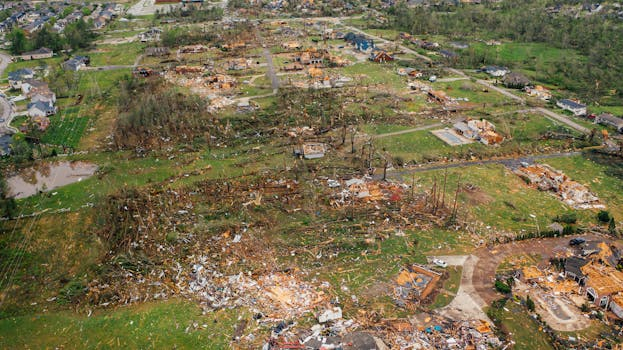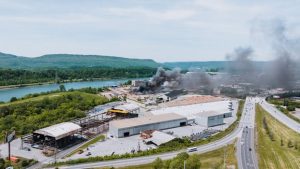Disaster Recovery Efforts: Community Engagement and Rebuilding Strategies
In the face of unexpected disasters such as hurricanes, wildfires, and floods, communities must come together to not only endure the immediate aftermath but also to rebuild and thrive. Community engagement is vital during disaster recovery efforts, as it not only provides support and resources but also strengthens bonds and resilience for future challenges. In this article, we will explore the importance of community engagement in disaster recovery efforts and discuss effective strategies for rebuilding and restoring communities.
The Importance of Community Engagement in Disaster Recovery
In the wake of a disaster, the affected communities often face overwhelming challenges, from basic survival needs to rebuilding destroyed infrastructure and housing. In such situations, a strong sense of community and collaboration is necessary for efficient and effective disaster recovery efforts. Community engagement plays a crucial role in disaster recovery in the following ways:
1. Providing Support and Resources
In times of crisis, communities often come together to offer support and resources to those in need. This can range from providing temporary shelter or food to donating supplies and funds for rebuilding. Such acts of kindness and generosity not only provide immediate help but also foster a sense of togetherness and resilience in the community.
2. Promoting Emotional and Mental Well-being
Disasters can have a profound impact on the mental and emotional well-being of individuals and communities. In the aftermath of a disaster, community engagement can provide a support system for those affected, helping them to cope with trauma and stress. Involvement in recovery efforts can also give a sense of purpose and hope for a brighter future.
3. Strengthening Bonds and Resilience
When communities come together to face a crisis, it strengthens relationships and creates a support network for the future. These bonds can be crucial in rebuilding efforts, as well as in preparing for and responding to future disasters. Strong and resilient communities are better able to withstand and recover from unforeseen challenges.
Effective Strategies for Community Engagement in Disaster Recovery
In order to achieve successful community engagement in disaster recovery efforts, it is essential to have a well-planned and coordinated approach. Here are some effective strategies that can be utilized:
1. Establishing Communication Channels
During a disaster, it is crucial to have clear and effective communication among community members, local authorities, and aid organizations. Social media, email, and other digital platforms can be useful in relaying important information and updates. It is also essential to have a reliable contact list and a system in place for disseminating information to all community members.
2. Empowering and Including Community Members
When community members are actively involved in recovery efforts, it creates a sense of ownership and pride in rebuilding their community. This can be achieved by involving individuals in decision-making processes, allowing them to participate in tasks according to their skills and abilities, and recognizing and appreciating their contributions.
3. Partnering with Local Organizations and Businesses
Local businesses and organizations can play a significant role in supporting disaster recovery efforts. Collaborating with these entities can help to mobilize resources and volunteers, as well as provide expertise and services to affected communities. This partnership can also have long-term benefits for both parties, such as building stronger community-business relationships.
4. Providing Emotional and Mental Health Support
As mentioned earlier, disasters can take a toll on the mental and emotional well-being of individuals and communities. Offering counseling services and creating safe spaces for individuals to express their feelings and concerns can play a crucial role in promoting healing and resilience in the community.
Conclusion
In conclusion, community engagement is an integral part of disaster recovery efforts. By providing support, promoting mental and emotional well-being, and strengthening bonds and resilience, communities can come together to overcome and thrive in the face of adversity. Effective strategies such as establishing communication channels, empowering and including community members, partnering with local organizations and businesses, and providing emotional and mental health support can help in achieving successful community engagement in disaster recovery.










